
Body positivity online
On social media platforms, we often find pictures of beautiful people with the ‘perfect’ bodies. But is this still the ‘ideal’ we want to strive towards? Many people are judged online and offline on their body shapes: too fat, too skinny, cellulite, striae, etcetera. But are not all bodies just as perfect? Nowadays, many people on social media platforms support body positivity, because all bodies should be appreciated.
Body Positivity
Body positivity is not a new phenomenon. With the rise of social media platforms, body positivity is brought to the next level and has become familiar to many more people. Body positivity is about the acceptance and appreciation of all body types: all shapes, all sizes, and all colors. Many people feel insecure about their bodies when looking at magazines, campaigns, and social media platforms with beautifully proportionate bodies on the pictures. Body positivity is about making people ‘love’ their own bodies no matter what size, and embracing your flaws. It is about making everybody feel happy with and comfortable in their own bodies and respecting all other bodies.
The group of body positivists can be seen as a global micro-population. Maly and Varis (2015) introduced the concept of micro-populations and argue that “in the era of superdiversity, the world has become more complex due to new kinds of migration patterns and mobilities, the influence of new communication technologies as well as the neoliberal logic of consumption and commodification. Culture, as a result, is a complex translocal and polycentric affair”. Body positivists, as I will illustrate, can be easily be described as a micro-population since they do not form a local homogenous subculture. Body-positivists form a translocal and layered cultural niche, connected by social media.
Body Positivity, Body shaming, and Outsiders
Human beings with body types differing from the standard ‘norm’ could be seen as “outsiders” or “deviant”. Outsiders, as Howard Becker (1963) describes, are “those people who are judged by others to be deviant and thus stand outside the circle of “normal” members of the group”. Nowadays, many people judge other people’s bodies – often on social media – calling them too fat, too skinny, obese, anorexic: and thus, constructing these people as 'outsiders'.
The body positivity movement strives towards accepting all bodies. Everybody looks different to what is the perfect body and what is not. This movement strives towards making no distinctions between ‘ugly’ or ‘perfect’ bodies, but treating them all as equal and respecting them. In doing this, they question the rules others make for them.
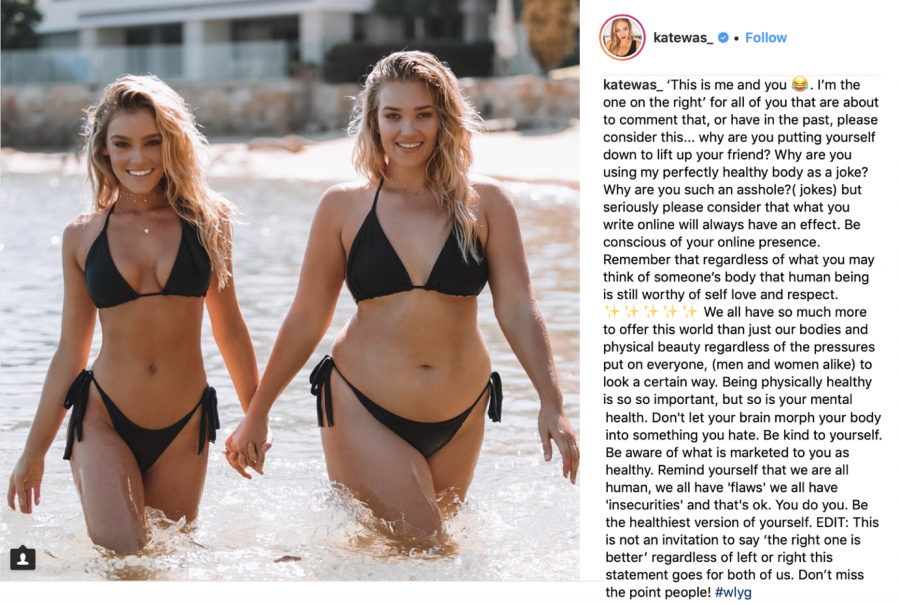
Figure 1. @katewas_ talking about bodyshaming and respecting all bodies
Body positivity is known by many people, but the niche of people who actually are body positivists is rather small. This niche is ‘inhabited’ by people that differentiate from the standard norm, but also by people who disagree that a size zero body is more perfect than a size ten body type.
Some influencers, celebrities, and models belong to this niche, since they use their large (online) audience to spread messages about body positivity (Figure 1). They spread body positive messages to make their audiences aware of the fact that they do not need to obsess about their 'imperfections' or about 'striving towards a 'perfect' size zero body type, because all bodies are just as perfect. Influencers and models belonging to this niche include Winnie Harlow, Vera Camilla, Megan Jayne Crabbe, and Ashley Graham.
The people belonging to this niche often show their ‘flaws’ on social media to stand up for body positivity. They support the movement by posting ‘real’ pictures: showing their striae, cellulite, rolls, or ribs. They share pictures that others can relate to, and they care less about showing their ‘perfect’ and ‘flawless’ bodies on social media.
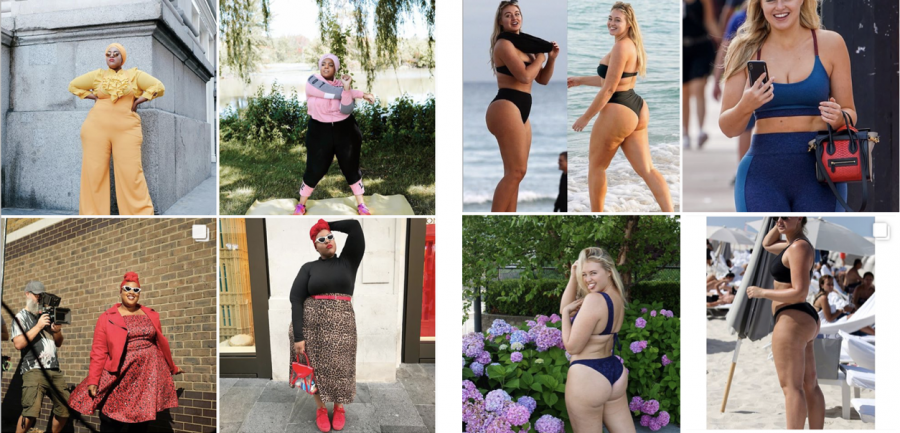
Figure 2. Leah Vernon (left) and Iskra Lawrence (right)
The members of this group are connected to each other through one common goal: body positivity. But this group cannot be considered homogeneous, since there are cultural and ethnic differences, and differences in how people show off their bodies online. Because of these differences, the group of body positivists can be considered superdiverse. For instance, some body positivists post pictures in a bikini to show their bodies, while others post body positive content with their clothes on. These differences are the result of the polycentric nature of this social group.
Leah Vernon (Figure 2), a Muslim feminist and plus-size model, supports body positivity while hardly showing any skin. Because of her religion, she covers up her body. Still, she supports body positivity, by wearing whatever she wants to wear, showing her 'imperfections' and by telling her story.
Plus-size model Iskra Lawrence, on the other hand, does show a lot of her body on her Instagram. She posts a lot of pictures in bikini, to show her imperfections. Both are supporting body positivity while posting different kinds of pictures (Figure 2).
Also, all bodies, colors, sizes, and disabilities are accepted in the body positive movement. Because all these differences are accepted in and supported by this group, this group can be considered multi-layered and polycentric.
Being 'Real'
On social media, everyone makes impressions on others. People judge others based on how they and their bodies look in the pictures they post. For this reason, people often present themselves as if they were ‘perfect’. Because “what we convey to others is a matter of what we choose to share in order to make a good impression and what we unintentionally reveal as byproduct of who we are and how we react to others” (boyd, 2015). Many people show the best version of themselves because they are afraid of other people’s judgment.
Body positivists show their ‘real’ selves, without photoshopping a picture or without hiding their flaws. They often emphasize their flaws. Since more and more people start to become aware of the body positivity movement that is active on social media, more people start to post content that shows who they really are. Many people move away from posting ‘perfect’ pictures and start to embrace 'who they really are'. The construction of 'authenticity' is now crucial in this niche since “you are only real if you are being ‘yourself’” (Maly & Varis, 2015).
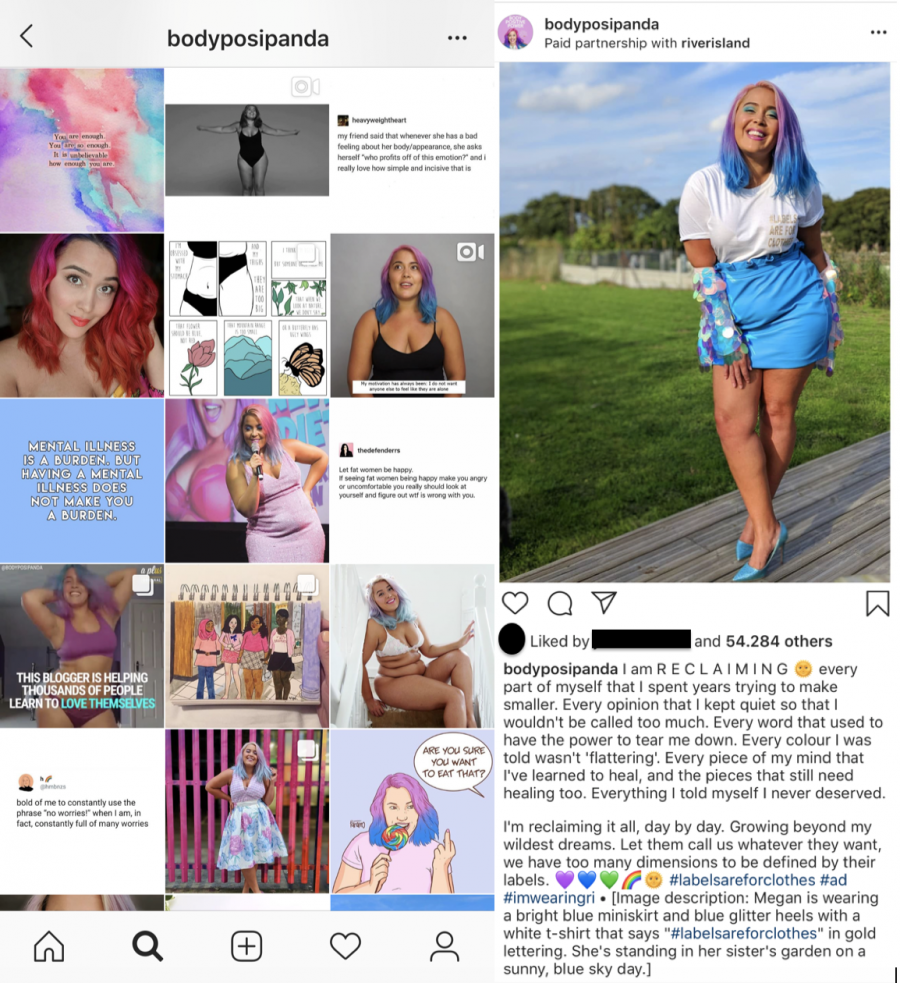
Figure 3. @bodyposipanda's feed full of body positivity, too much? Or just enough?
It is important that these positivists perform their authentic selves, and do not ‘fake’ or photoshop their content. Their main goal should be to help others to embrace and respect their bodies. Of course, the presentation of authenticity is always a construction, and it is clear that most of these body-positivist micro-celebrities still put an effort in 'looking good'. The matter of ‘enoughness’ is of importance here since “identity is a matter of enoughness: one has to have, display and enact ‘enough’ of the emblematic features in order to be ratified as an authentic member of an identity group” (Maly & Varis, 2015). When looking at Bodyposipanda's Instagram page, there are many professional pictures: perfectly made up, good lighting, nice clothes, and good quality pictures. In order to still be able to claim 'authenthicity', they need to perform 'realness' (Figure 3).
Authenticity is best understood as a social construct in a niche. When linking 'enoughness' to body positivity, both 'authenticity discourse' and 'the performance of authenticity' are important: a body positivist should perform authenticity. To show authenticity it is important to show real life: a person cuddling their dog, hiking, eating, etcetera. (Figure 4) In Bodyposipanda's post in Figure 4, she talks about adding more reality to her page, without curating it. It is important to add 'realness', this way someone comes across more authentic.

Figure 4. @bodyposipanda talking about creating reality on her page
Body Positivity Rules and Characteristics
There are some characteristics that body positivists possess. To be ‘body positive’ there is only one ‘rule’: to respect your body and to respect all other body types. Body positivists can be seen as crusaders (Becker, 1963) since they created a new set of rules. Crusaders are people who guide and influence a social group and hope to mainstream their vision. Crusaders are the most popular and most successful people of the social group, they are seen as leaders. Since crusaders have a big (online) audience, they can create rules within a social group. They created a rule that all bodies should be respected, instead of seeing them as "deviant". The rules they make differ from society's standard beauty norm. The only thing that is of importance here, is that they respect their own and others’ bodies.

Figure 5. Hashtags supporting body positivity
Body positivists are very active on social media. They post pictures and follow others on Instagram, post videos on YouTube, or they are part of a Facebook group. The hashtags #bodypositivity, #selflove, and #bodyacceptance are used to show they are part of the ‘body positivity community’. A characteristic of body positivists with a huge following is that they often add long captions to Instagram pictures. In this caption, they share their personal stories about how they started to respect their bodies. Here we see the importance of 'getting real' with followers: 'This is really me and this is what I went through and experienced'.
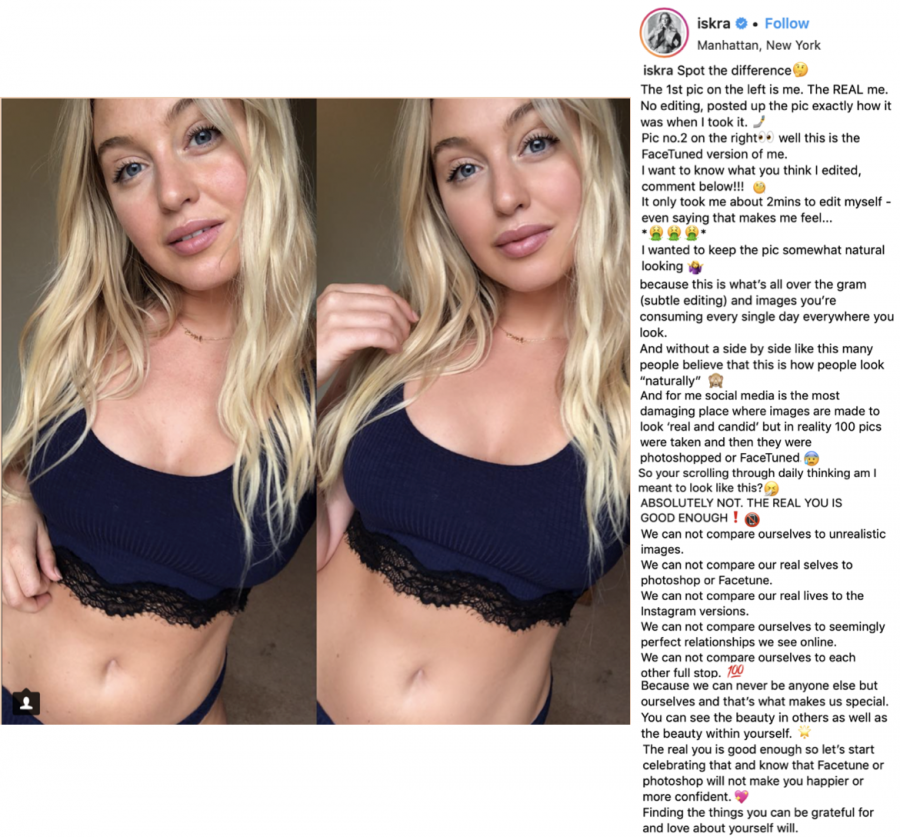
Figure 6. @iskra's side-by-side picture showing "real" versus "facetuned"
Some body positivists post side-by-side photos showing “real” versus “modeled”/"photoshopped" pictures (Figure 6). Also, many social media posts contain pictures of people showing their rolls, cellulite, ribs, and striae. Many body positive posts contain people in bikinis, crop tops, tight clothes, or people showing skin in other ways. Individual body positivists play a role in shaping their own self-presentation, but these individuals are also part of a broader collective that conveys impressions about the whole group of body positivists (boyd, 2015). Most body positivists from all over the world meet these characteristics, and because of this, these characteristics are part of a global identity.
Also, communication between the people that belong to this niche is important. When body positivists collaborate, they can spread their message to more people. “In discussing the importance of “teams” for impression management, (…) people working together to share impressions, often relying on shared familiarity to help define any given situation in a mutually agreeable manner” (boyd, 2015). Collaboration means tapping into each other's audience. This is important for crusaders, this way they can guide the social group and reach a bigger audience. Also, collaboration is important from a commercial perspective. For example, Bodyposipanda has sponsored content on her Instagram page because of collaborations with brands.
Dutch body positivist Vera Camilla made a video with Bodyposipanda (Megan Jayne Crabbe) about body positivity. Vera Camilla’s channel only functions on a national scale, but this video could be seen by people all over the world since the video is in English as well. But this video did not get more views than Vera’s Dutch videos.
The reason for this could be that Vera is not known outside of her national audience, that the video title is in Dutch, or that not everyone is interested in watching body positivity videos. Here we can see that body positivity ‘community’ is still a rather small niche. Bodyposipanda on the other hand works on a global scale. She has followers from all over the world and collaborates with people from all over the world. Here we can conclude that the body positivity movement is layered with people working on different scales and that the movement is polycentric.

Figure 7. Video of Vera Camilla and Bodyposipanda: Fat = unhealthy? Everything about body positivity
The video starts with Vera asking Megan, known as “the body positivity guru”, what body positivity is. Her answer is: “Body positivity is a movement that is about all bodies, so all shapes, all sizes, all skin colors, all genders, all ages, and all abilities. All bodies are worthy of respect and are good enough”. Megan also talks about the fact that we live in a culture that is all about appearances, and telling that particular body types are ‘wrong’ or less worthy.
Our current society is about how we look, and how to abide by these beauty standards. The body positivity movement strives towards respecting all appearances. Vera and Megan also talk about comments they get about showing too much skin in their pictures and videos. The both respond to these by stating that they embrace themselves for themselves. Megan says that “nudity empowers a lot of people especially if we have been told to be ashamed for our bodies for so long”. They do not show their nudity or skin for others, but for themselves since they feel good in their bodies.
Comments and Supporting Unhealthiness?
Body positivists sometimes get invited to talk about body positivity in TV shows or in magazines. For instance, plus-size models and body positivists Ashley Graham and Iskra Lawrence both got invited to tell their stories in a TEDtalk. When looking at the comment section on Ashley Graham’s TEDtalk, the comments are very diverse (Figure 3). There are people that worship her and respect her and her body, but there are also comments of people calling her ‘fat’ and ‘unhealthy’. Out of these comments, we can conclude that not everybody is supportive of body positivity.
The positive comments are often from people that appreciate all body types, and see her as a role model of being successful in loving her body. The negative comments are from people that strive towards the standard body norm or feel that this movement supports obesity and anorexia. Here “it is easily observable that different groups judge different things to be deviant” since “deviance is not a quality that lies in behavior itself, but in the interaction between the person who commits an act and those who respond to it” (Becker, 1963).
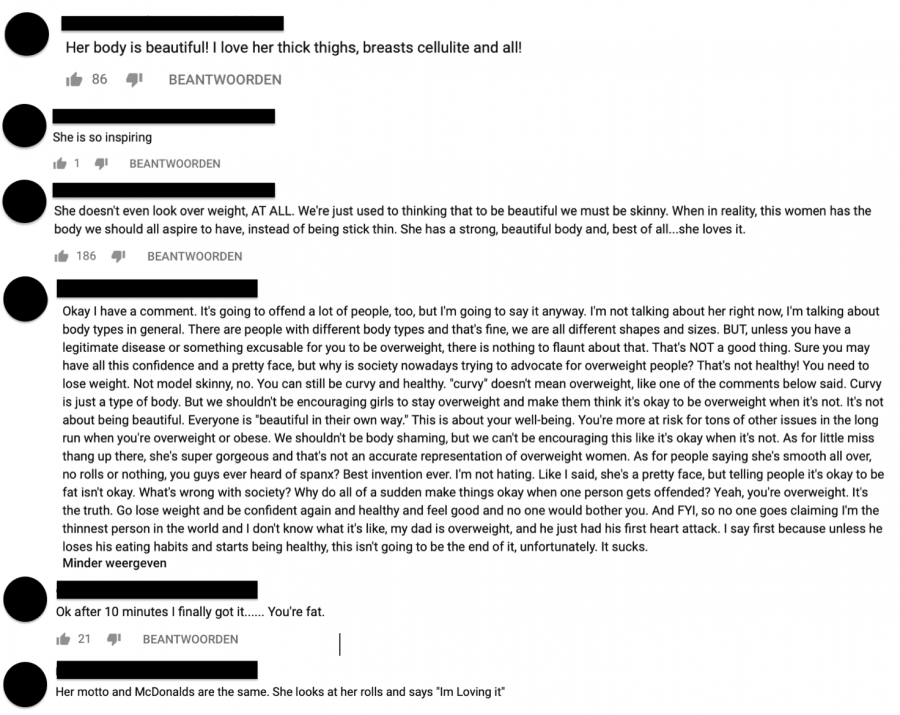
Figure 8. Positive and Negative comments on Ashley Graham's TEDtalk
There is thus still a lot of criticism on body positivity. I also found articles about the fact that body positivity is contributing to obesity and unhealthiness. Lizzie Cernik (The Guardian) writes the following: “The fat acceptance movement aims to normalize obesity, letting everyone know that it’s fine to be fat”. Cernik also states that “we’re in the grip of an obesity epidemic, which has led to increased pressure on the struggling health service”. It cannot be the intention that the body positivity movement leads to an increase in health service and unhealthy people.
In the data I have used for this analysis, there is nothing that stated that the body positivity movement strives towards making people unhealthy. The movement is mostly about respecting and appreciating your own and others’ bodies, and that it is okay to differ from the ‘standard’ norm. Also, I found that many people stated that body positivity helped them to become mentally healthy, and that is also what this movement is about.
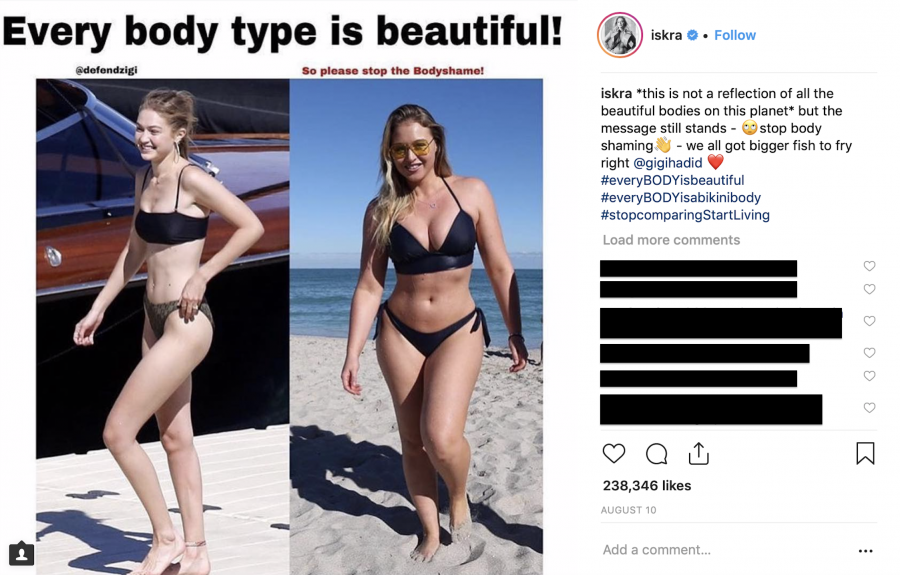
Figure 9. @iskra's post about stopping to compare body types
Body Positivity Movement
Body positivity supporters and activists are part of a contemporary online movement and community. It is clear that body positivists are a superdiverse, multi-layered and polycentric group. This diversity is a result of accepting everyone who wants to join, no matter the size, color, shape. Since there is diversity, this group is not a homogeneous group. The niche of body positivists is still rather small, but is still increasing due to the popularity of this movement on social media.
Instagram and YouTube played a big part in bringing this movement to the next level. Both social media platforms are powerful tools for sending a message to a big audience. The message sent by body positivists is to respect and appreciate all human bodies. There are a few characteristics that most positivists have: ‘real’ pictures that show their cellulite and rolls, long captions that explain their body positive stories, showing skin, and using similar hashtags.
The most important thing to keep in mind is that you should respect your body because it is worthy, no matter what size.
References
Becker, H. S. (1963). Outsiders: Studies in the sociology of deviance. New York, NY: The Free Press
boyd, d. (2014). 'Impression Management in a Networked Setting' In It’s Complicated (pp. 47-53). New Haven: Yale University Press
Cernik, L. (2018). 'It’s not fine to be fat. Celebrating obesity is irresponsible' The Guardian
Maly, I., Varis, P. (2015). 'The 21stcentury hipster: on micro-populations in times of superdiversity' Tilburg Working Papers in Culture Studies
Varis. P. (2014). 'Digital Ethnography' Tilburg Papers in Culture Studies